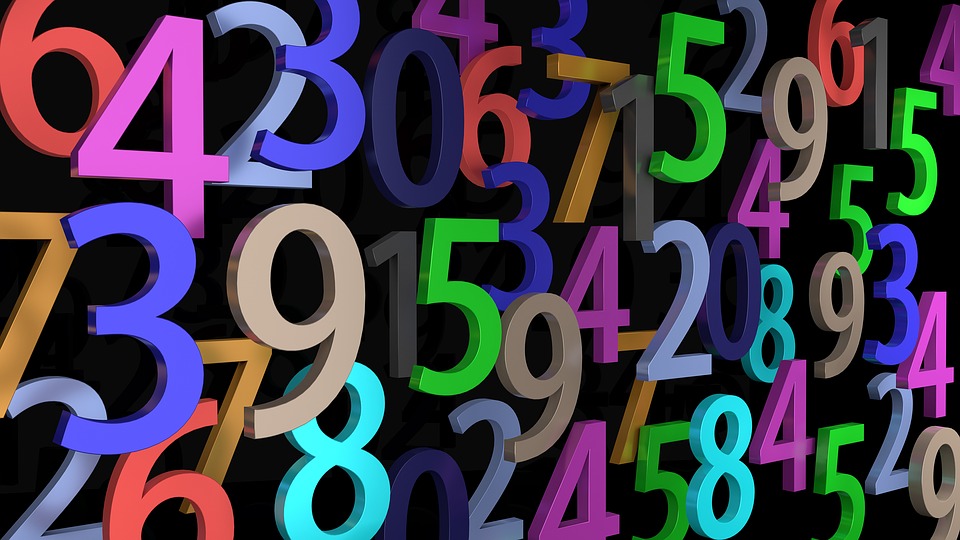English Numbers
Numbers in English are one of the first things a student will learn when they begin studying the language. We use numbers all the time every day to talk about the time, quantities of items, dates and days of the month, temperature and measurements.
English numbers are normally treated as adjectives because they give more information about the nouns of the sentence. Numbers can also be nouns if they stand alone and do not modify another noun. For example:
Number as adjective: ‘There are five students in the class’
Number as noun: ‘We went to Greece in 2016‘
Cardinal and ordinal numbers in English
English numbers in general are split into two groups: cardinal numbers (e.g. one, two three) and ordinal numbers (e.g. first, second, third).
Cardinal numbers are used to talk about the quantity of items (e.g. there are six apples in the bag), while ordinal numbers are used to talk about the distribution or order of items (e.g. ‘her apartment was on the third floor’).
Examples:
- There are four shapes in the row
- The yellow circle is the second shape from the left
- The green arrow is the fourth shape in the row
- The red triangle is the first shape in the row
- The pink star is the second shape from the right
- The pink star is the third shape from the left
- The yellow circle is the third shape from the right
Numbers in English
Here is a list of numbers in English with the digital format in the first column, the cardinal format in the second column and the ordinal format in the third column:
| Number | Cardinal | Ordinal |
|---|---|---|
| 1 | one | first |
| 2 | two | second |
| 3 | three | third |
| 4 | four | fourth |
| 5 | five | fifth |
| 6 | six | sixth |
| 7 | seven | seventh |
| 8 | eight | eighth |
| 9 | nine | ninth |
| 10 | ten | tenth |
| 11 | eleven | eleventh |
| 12 | twelve | twelfth |
| 13 | thirteen | thirteenth |
| 14 | fourteen | fourteenth |
| 15 | fifteen | fifteenth |
| 16 | sixteen | sixteenth |
| 17 | seventeen | seventeenth |
| 18 | eighteen | eighteenth |
| 19 | nineteen | nineteenth |
| 20 | twenty | twentieth |
| 21 | twenty-one | twenty-first |
| 22 | twenty-two | twenty-second |
| 23 | twenty-three | twenty-third |
| 24 | twenty-four | twenty-fourth |
| 25 | twenty-five | twenty-fifth |
| 26 | twenty-six | twenty-sixth |
| 27 | twenty-seven | twenty-seventh |
| 28 | twenty-eight | twenty-eighth |
| 29 | twenty-nine | twenty-ninth |
| 30 | thirty | thirtieth |
| 31 | thirty-one | thirty-first |
| 40 | forty | fortieth |
| 50 | fifty | fiftieth |
| 60 | sixty | sixtieth |
| 70 | seventy | seventieth |
| 80 | eighty | eightieth |
| 90 | ninety | ninetieth |
| 100 | one hundred | hundredth |
| 500 | five hundred | five hundredth |
| 1,000 | one thousand, a thousand | thousandth |
| 1,500 | one thousand five hundred, or fifteen hundred | one thousand five hundredth, or fifteen hundredth |
| 100,000 | one hundred thousand | hundred thousandth |
| 1,000,000 | one million | millionth |
- Be careful with the number 13 and the number 15. While all the other ‘teen’ numbers in English simply add the word ‘teen’ to the regular number (e.g. four-teen, six-teen, seven-teen, nine-teen) 13 uses ‘thir’ and 15 uses ‘fif’. For an added complication, the number 18 only has one ‘t’ (eighteen).
English Numbers in ‘The 12 Days of Christmas’
A song that makes good use of cardinal and ordinal numbers in English is the Christmas carol, The 12 Days of Christmas.
Throughout the song, the singer tells of gifts they received from a loved one on each day of the festive season and keeps a cumulative total of each gift. Each verse therefore gets longer and longer as the song continues using more and more English numbers as the list of presents grows longer! The lyrics begin:
On the First day of Christmas my true love sent to me
a Partridge in a Pear Tree.
On the Second day of Christmas my true love sent to me
Two Turtle Doves and a Partridge in a Pear Tree.
On the Third day of Christmas my true love sent to me
Three French Hens, Two Turtle Doves and a Partridge in a Pear Tree.
The following verses follow the same pattern with a new gift added each time. The singer repeats all the earlier gifts with their respective numbers, so each verse is one line longer than the previous verse. The subsequent gifts are:
Fourth day: Calling Birds
Fifth day: Gold Rings
Sixth day: Geese a-Laying
Seventh day: Swans a-Swimming
Eighth day: 8 Maids a-Milking
Ninth day: Ladies Dancing
Tenth day: Lords a-Leaping
Eleventh day: Pipers Piping
Twelfth day: Drummers Drumming
Here is a fun video of the full song, complete with lyrics:
Examples of Numbers in English
Some examples of how to use cardinal and ordinal numbers in English:
There are thirty-five pupils in the English class
Thirteen is an unlucky number in Western culture
Eight is a lucky number in Chinese culture
He failed his driving test for the third time
There are a hundred-and-one dalmations in the Disney film
She was the fifth person to win seven gold medals
I visited France for the eighth time last year
Seventy-two thousand people entered the competition to win a holiday
Expressing zero in English
The amount of nothing or zero can be expressed in many different ways in English. This depends on the context of the sentence.
It can be expressed as: zero, nothing, nought, o, nil.
In sport, we usually say ‘nil’ For example the score was 4-0 (four-nil). However in tennis it is uniquely expressed as ‘love’ (four games to love).
‘O’, pronounced ‘oh’ as in the letter O, is used when talking about times, years, phone numbers (in Britain) and decimals (in Britain)
‘Nought’ is used to talk about the number itself in Britain (but not in America, where zero is used) and phone numbers (Britain)
‘Zero’ is used to talk about the number itself, phone numbers and decimals. Zero is used more often in America, while in Britain we often use ‘o’.
Numbers for money in English
Using English numbers when talking about money requires special treatment. The largest denomination number comes first followed by the currency and finally the smaller denomination number, which can also be followed by the currency.
In everyday speech, people tend to miss out naming the currency if it is obvious which currency they are talking about, especially the smaller denominations (e.g. the pence or cents).
Notice that the decimal point that separates the numbers (e.g. the pounds and pence or dollars and cents) is not pronounced. In English this is written as a decimal point, not a comma like it is in some other European countries, such as Spain.
| amount of Money | pronounced |
|---|---|
| £20 | twenty pounds (sterling) |
| $45 | forty-five (American) dollars |
| €250 | two hundred and fifty euros |
| £50.75 | fifty pounds, seventy-five pence (‘fifty pounds seventy-five’) |
| €84.61 | eighty-four euros, sixty-one cents (‘eighty-four, sixty-one’) |
| $103.25 | a hundred and three dollars, twenty-five cents |
Decimals in English
Decimals in English are written with a full stop (a ‘decimal point’) and this point is spoken aloud when reading the numbers. So you would pronounce 7.5 as ‘seven point five’.
For decimals that are less than 1, such as 0.5, some people pronounce the 0 as ‘nought’ (e.g. nought point five) while some people do not pronounce the 0 and say simply ‘point five’.
| DEcimal | ProNOUNCED |
|---|---|
| 0.25 | (nought) point two five |
| 0.5 | (nought) point five |
| 0.75 | point seven five |
| 0.05 | point zero five / point o five (Britain) |
| 1.834 | one point eight three four |
| 4.91 | four point nine one |
Fractions in English
Fractions in English are expressed with the ‘numerator’ on the top and the ‘denominator’ on the bottom, separated by a line, which indicates the top number is a fraction of the bottom number.
The top number (numerator) is a cardinal number and the bottom number (denominator) is an ordinal number. The bottom number is pluralised if the top number is bigger than 1.
The exceptions to these rules are when the bottom number is 2 or 4. If the bottom number is 2, this is called a half (not a ‘second’) and if the bottom number is a 4, this is called a quarter (not a ‘fourth’).
Of course, in mathematics, some fractions are the same as others. For example, 3/6 (three sixths) is the same as 1/2 (one half) because three is exactly half of six.
If both numbers are the same, this is a ‘whole’. For example 4/4 is four quarters, which is equal to one whole.
| FRaction | Pronounced |
|---|---|
| 1/4 | one quarter / a quarter |
| 1/2 | one half / a half |
| 3/4 | three quarters |
| 2/5 | two fifths |
| 7/8 | seven eighths |
| 5/6 | five sixths |
Percentages in English
Percentages in English are pronounced exactly as they look. Percentages are written with the % symbol, which is pronounced ‘percent’ (meaning per hundred).
| percentage | Pronounced |
|---|---|
| 1% | one percent |
| 30% | thirty percent |
| 45% | forty-five percent |
| 100% | one hundred percent |
| 500% | five hundred percent |
| 10.5% | ten point five percent |
| 83.74% | eighty-three point seven four percent |
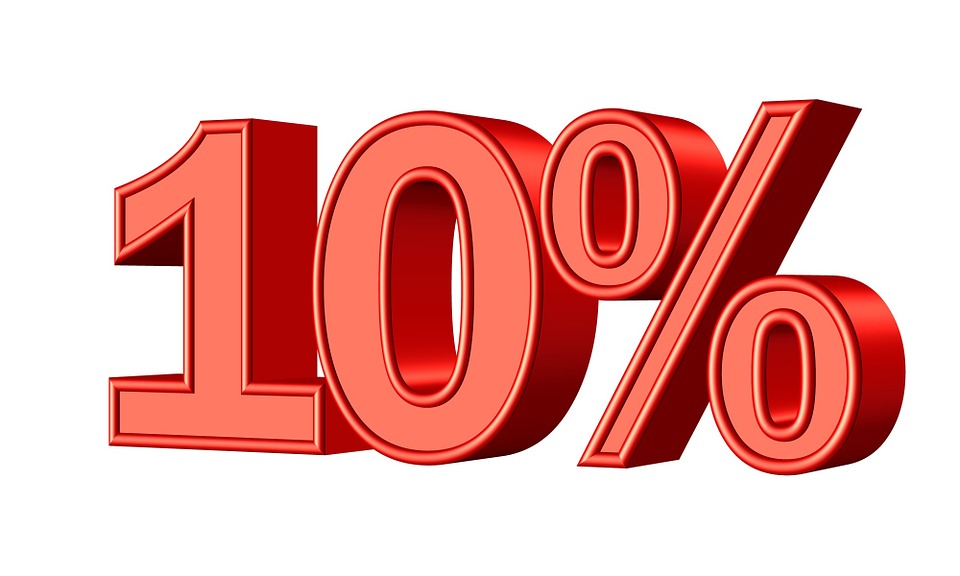
Measurements in English
Measurements are simple in English because you only need to read out the number followed by the unit of measurement. For example, five metres sixty-three centimetres.
Notice that British English spelling uses the ‘re’ ending, while American English spelling uses ‘er’ at the end of the words for ‘metre’ and kilometre’.
Imperial and metric measurements
In Britain, we often use imperial measurements (e.g. pounds and ounces for weight, and feet and miles for distance), whereas in America, they usually only use the metric measurements (e.g. grams and kilograms for weight and kilometres and metres for distance). For example, the road signs in Britain will use miles not km.
| Measurement | pronounced |
|---|---|
| 75km | seventy-five kilometers |
| 60km/h | sixty kilomatres per hour |
| 25mph | twenty-five miles per hour |
| 6ft | six feet |
| 2in | two inches |
| 30cm | thirty centimetres |
| 5ml | five mililitres |
| 4tbsp | four tablespoons |
| 2tsp | two teaspoons |
| 1.2kg | one point two kilograms |
| 2.5lbs | two point five pounds / two and a half pounds |
| 6oz | six ounces |
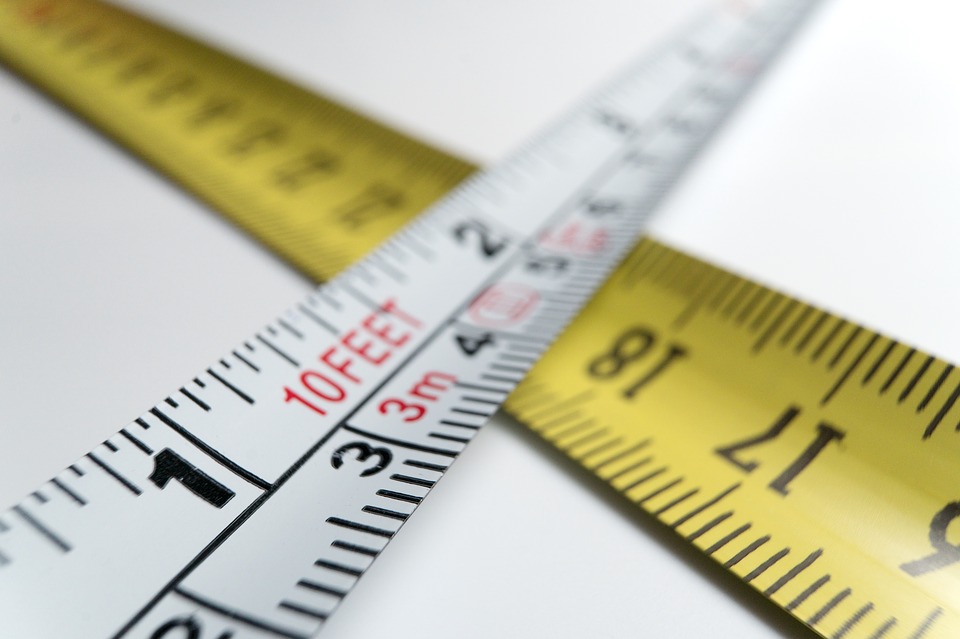
Temperature in English
When we use English numbers to talk about temperature, the numbers are always combined with the unit Fahrenheit or Centigrade (Celsius). If the temperature is above zero degrees it is pronounced simply as the number. If the temperature is below zero degrees the word ‘minus’ is pronounced before the number.
We use the symbol ⁰ followed by the temperature scale to express temperature. So ⁰C expresses ‘degrees Celsius’ and ⁰F expresses ‘degrees Fahrenheit’.
These days, Celsius is used much more often than Fahrenheit, so we don’t always mention the scale in speech. It tends to be obvious which scale is being used from the numbers given. (For reference, 32⁰F is equal to 0⁰C).
For example:
20⁰C twenty degrees Celsius
-5⁰C minus five degrees Celsius
70⁰F seventy degree Fahrenheit
-3⁰C minus three
0⁰C zero degrees
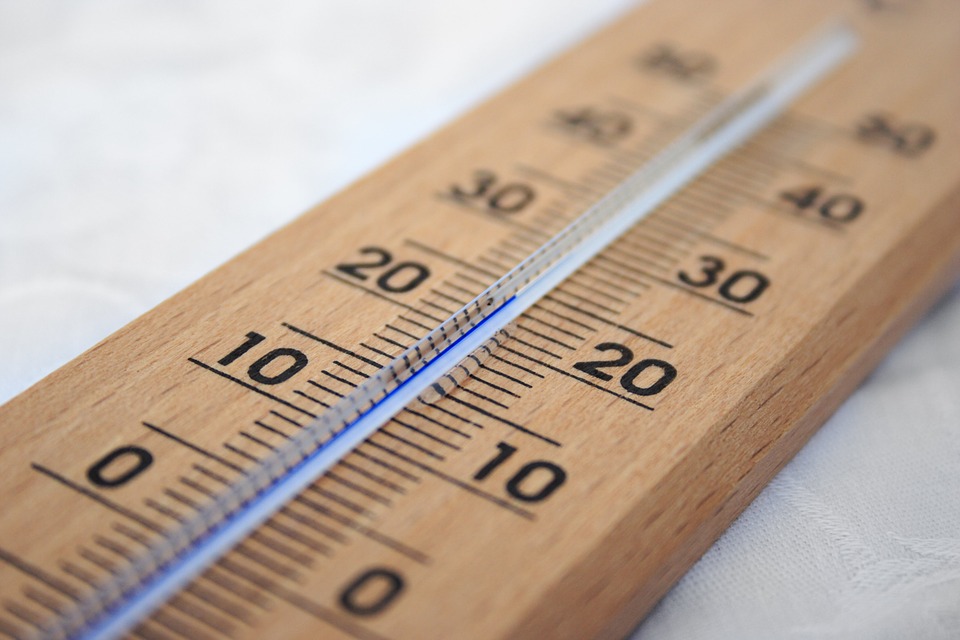
Years and Dates in English
Using numbers in English when talking about dates is always an important area of study for students as it is very useful in a day-to-day context.
Reading dates with years in a foreign language can feel intimidating because they can be long, big numbers. In English, we usually say a date as two numbers. So 1980 would be ‘nineteen eighty’.
After the year 2000 we say either twenty to start the number or we also say two-thousand and then say ‘and’ before the last part of the date. So 2017 can be ‘twenty seventeen’ or ‘two-thousand and seventeen’.
When using English numbers for dates, we also often say the year before the date to make it clear, especially if it is a millennium or a year before one thousand.
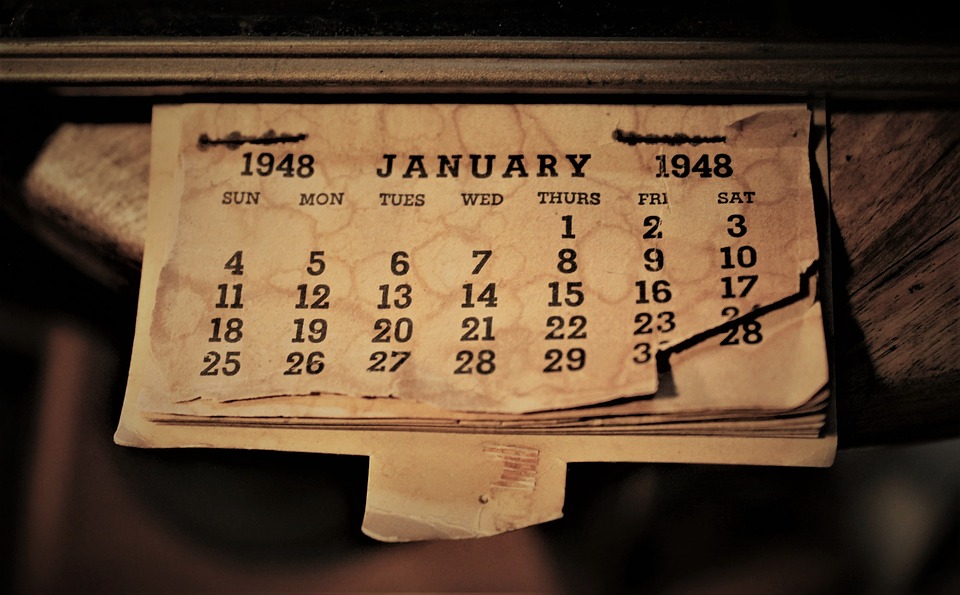
Dates
For talking about dates in English, we say the ordinal number followed by ‘of’ and the month, followed by the year.
For example: 3rd September 1959 would be pronounced ‘the third of September nineteen fifty-nine’. We don’t write the word ‘of’ and sometimes we write the cardinal number not the ordinal. For example: 3 September 1959, or just use the numbers 03/09/1959 or 3/9/59.
BC and AD with dates
For years before the year 0, we add the suffix BC (which means ‘before Christ’), pronounced as the letters of the alphabet.
The years after 0 all have the suffix AD (Anno Domini, which is Latin for ‘in the year of our Lord’) but we almost never write or say this when we talk about years unless for clarity, for example sometimes a film might use the suffix AD if talking about a year in the future.
| Year | Pronounced |
|---|---|
| 2017 | twenty seventeen / two thousand and seventeen |
| 2008 | two thousand and eight |
| 2000 | (the year) two thousand |
| 1939 | nineteen thirty-nine |
| 1901 | nineteen o one |
| 1900 | nineteen hundred |
| 1200 | twelve hundred |
| 1768 | seventeen sixty-eight |
| 1056 | ten fifty six |
| 358 | (the year) three hundred and fifty-eight |
| 800 BC | eight hundred BC |
| 3000 BC | three thousand BC |
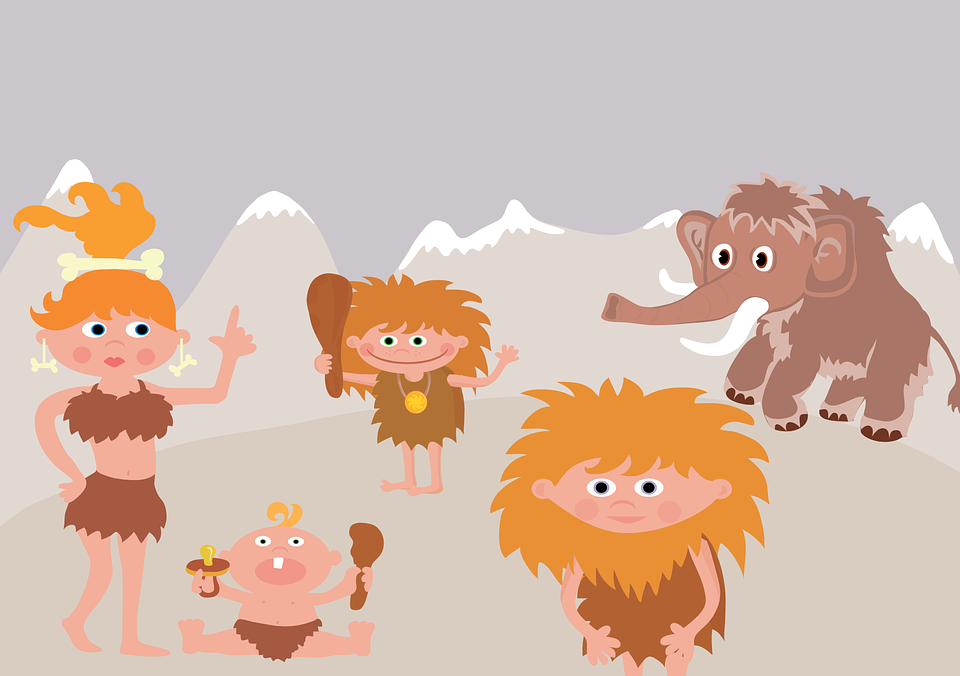
Share your thoughts on using numbers in English
What do you find most difficult about using numbers in English?
Are English numbers used in the same way as numbers in your own native language?
Are there any areas where you find expressing number in English confusing?
Let us know your thoughts on English numbers in the comments.

